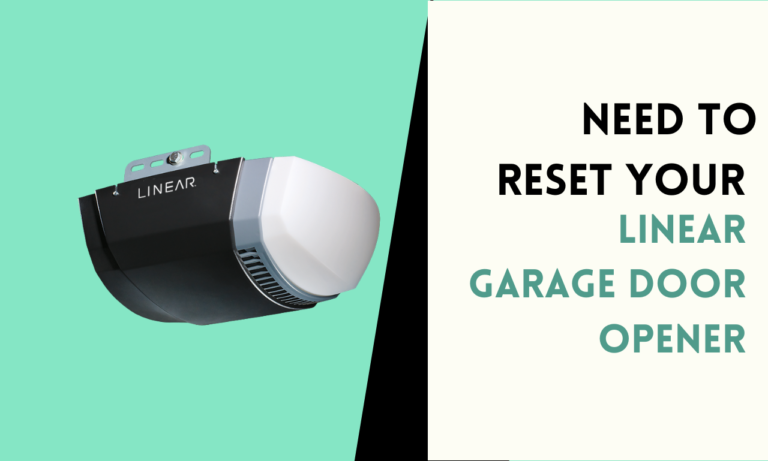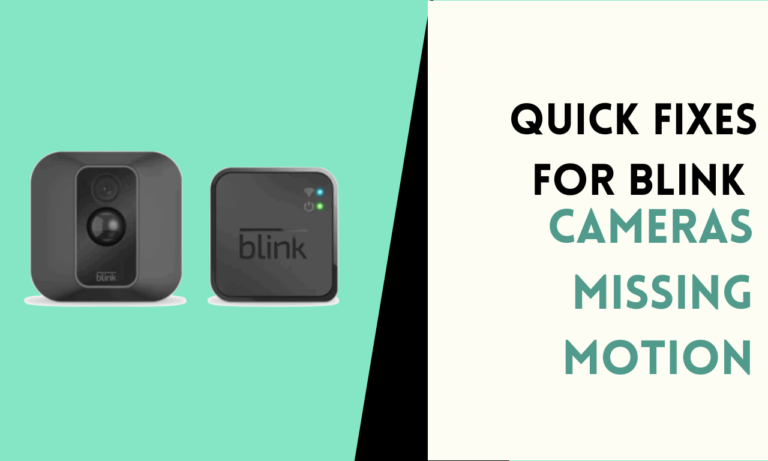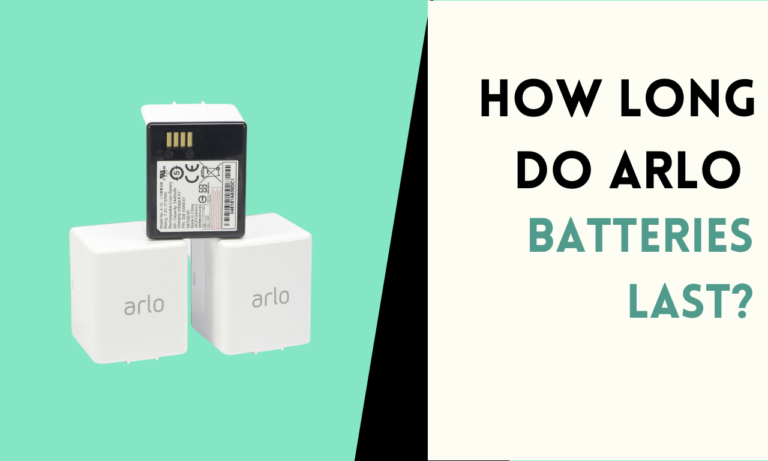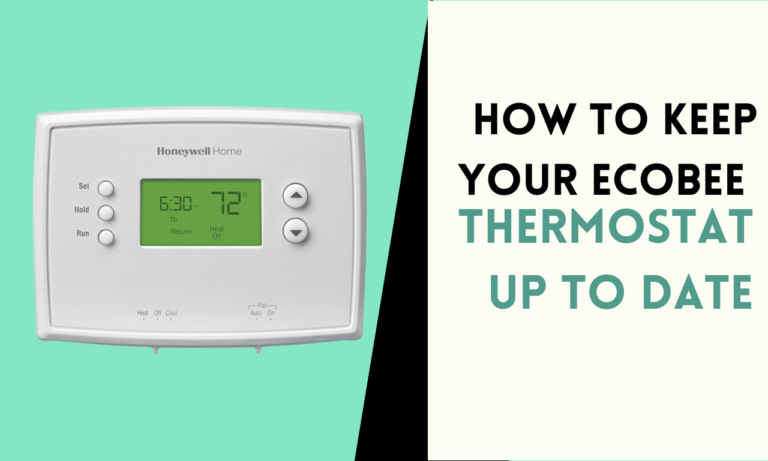Top 10 Presence Sensors for Seamless Smart Home Automation
Are you wondering about the need for a presence sensor? Smart home devices have made life easier and more efficient. Among these, presence sensors stand out for their ability to detect motion and monitor specific areas.
Choosing the right presence sensor is crucial to manage the security, lighting, or other automation tasks. Below is a detailed guide to the best presence sensors, their features, pros, and cons to help you make the right choice.
1. Aqara FP2
- Model: RTCZCGQ12LM
- Connectivity: Wi-Fi 2.4GHz / Bluetooth 4.2
- Detection Angle: 120°
- Detection Distance: 6-8m
- Description: This sensor supports zone definitions, allowing you to customize detection areas for better automation. Ideal for smart home setups requiring specific monitoring.

Features:
- Advanced zone customization.
- Works seamlessly with other Aqara devices.
- Wide detection range for large rooms.
- Reliable connectivity options.
Pros:
- Easy to integrate into smart ecosystems.
- Accurate motion detection.
- Flexible zone adjustments.
Cons:
- Slightly expensive.
- Limited to Aqara’s ecosystem for full features.
- Requires stable Wi-Fi for best results.
2. Aqara FP1
- Model: RTCZCGQ11LM
- Connectivity: Wi-Fi 2.4GHz / Bluetooth 4.2
- Detection Angle: 120°
- Detection Distance: Up to 5m
- Description: Offers dependable detection and integrates smoothly with Aqara systems, making it a good option for basic automation.

Features:
- Compact design for easy placement.
- Reliable motion sensing technology.
- Smooth integration with Aqara hubs.
- Supports basic automation tasks.
Pros:
- Affordable compared to FP2.
- Accurate motion sensing.
- Compact and lightweight design.
Cons:
- Detection range could be better.
- Fewer features compared to newer models.
- Limited customization options.
3. Apollo MSR-2
- Model: Hi-Link LD2410b
- Connectivity: Wi-Fi / Bluetooth
- Detection Angle: 60°
- Detection Distance: 6m
- Description: Popular for its reliability, this sensor is compatible with Home Assistant setups, making it a trusted choice for advanced automation.

Features:
- Designed for Home Assistant users.
- Durable and long-lasting build.
- Good for smaller spaces.
- Reliable Bluetooth connection.
Pros:
- Sturdy and durable.
- Simple setup process.
- Works well with open-source systems.
Cons:
- Limited detection angle.
- Less versatile for larger rooms.
- Slightly outdated design.
4. Everything Presence One EP1
- Connectivity: Wi-Fi 2.4GHz / Bluetooth 4.2
- Detection Angle: 100°
- Detection Distance: 9m
- Description: Combines motion and presence detection, offering enhanced accuracy for various applications.

Features:
- Dual detection for better results.
- Supports both motion and stationary presence.
- Suitable for large rooms.
- High detection accuracy.
Pros:
- Excellent for comprehensive monitoring.
- Accurate results for smart automation.
- Reliable for larger areas.
Cons:
- More expensive than similar options.
- Requires careful placement for best performance.
- Not ideal for small spaces.
5. Tuya MTG075-ZB-RL
- Model: Zigbee Sensor
- Connectivity: Zigbee 3.0
- Detection Angle: 110°
- Detection Distance: 10m
- Description: Offers a built-in relay and strong performance, making it ideal for Zigbee-based setups.

Features:
- Wide detection angle and distance.
- Built-in relay for improved connectivity.
- Works seamlessly with Zigbee hubs.
- Compact and easy to install.
Pros:
- Affordable for Zigbee users.
- Great range and coverage.
- Supports multiple automation setups.
Cons:
- Requires a compatible Zigbee hub.
- Limited features outside Zigbee systems.
- Can drain power faster in heavy use.
6. Tuya ZG-204ZM
- Connectivity: Zigbee 3.0
- Power Supply: Battery-operated (3xAAA)
- Detection Angle: 60°
- Detection Distance: 9m
- Description: Efficient with battery use and combines mmWave radar and PIR technology.

Features:
- Dual sensing with radar and PIR.
- Energy-efficient design.
- Ideal for areas with limited access to power.
- Compact and lightweight build.
Pros:
- Long-lasting battery life.
- Accurate sensing in low-light conditions.
- Lightweight and portable.
Cons:
- Narrow detection angle.
- Limited range compared to wired models.
- Requires frequent battery changes for heavy use.
7. Sonoff SNZB-06P
- Connectivity: Zigbee
- Description: Detects motion and stationary presence, offering versatility for various applications.

Features:
- Microwave radar for precision.
- Excellent for stationary presence detection.
- Easy integration into Zigbee systems.
- Reliable for diverse setups.
Pros:
- Versatile for smart automation.
- Works well in large rooms.
- Affordable for the features offered.
Cons:
- Detection details are not fully specified.
- Placement affects performance significantly.
- Limited customization options.
8. Immax NEO Smart Multi Sensor
- Connectivity: Zigbee
- Description: Combines multiple sensing capabilities for comprehensive monitoring and advanced automation.

Features:
- Multi-sensor capabilities in one device.
- Suitable for larger spaces.
- Reliable for advanced setups.
- Energy-efficient design.
Pros:
- Affordable for multi-functional use.
- Excellent for large homes.
- Simple installation process.
Cons:
- Limited compatibility with non-Zigbee devices.
- Requires regular maintenance.
- It can be overwhelming for beginners.
9. Linptech/Moes ES1
- Connectivity: Zigbee / BLE Mesh
- Description: Known for its design, this sensor is easy to set up and integrates into Zigbee and BLE Mesh systems seamlessly.

Features:
- Sleek and modern design.
- Easy-to-use setup process.
- Compatible with Zigbee and BLE Mesh.
- Reliable motion sensing.
Pros:
- Stylish and compact.
- Quick installation.
- Affordable price point.
Cons:
- Minor usability issues due to LED indicators.
- Not ideal for advanced automation.
- Limited features compared to premium models.
10. IKEA Vallhorn
- Connectivity: Zigbee
- Description: Combines motion detection with lighting control, offering practical solutions for smart homes.

Features:
- Integrated lighting control.
- Easy compatibility with IKEA smart systems.
- Compact and energy-efficient.
- Reliable for entry-level automation.
Pros:
- Affordable and practical.
- Simple integration with other IKEA devices.
- Durable build quality.
Cons:
- Limited to basic automation tasks.
- Requires IKEA hub for full features.
- Detection range is not the best.
Conclusion
Selecting the right presence sensor depends on your needs and existing system. Each of these options offers unique benefits, from advanced customization to affordability. Carefully compare the features, pros, and cons to find the best sensor for your smart home. Additionally, it’s essential to assess the compatibility of the sensor with your smart home ecosystem, especially when considering emerging standards such as Matter and Thread. A thorough Matter and Thread smart home comparison can reveal which sensors integrate seamlessly into your setup, enhancing the overall performance. By investing time in this evaluation, you can ensure a cohesive and efficient smart home environment tailored to your lifestyle.

Scott is a husband, father, passionate writer and owner of homeautomationtalks.com and seniorgadgetguide.com. He loves to spend time in the garden, walking in the woods, cooking, is an avid gamer and most of all a tech enthusiast, which makes him the default tech support for his parents. 🙂






